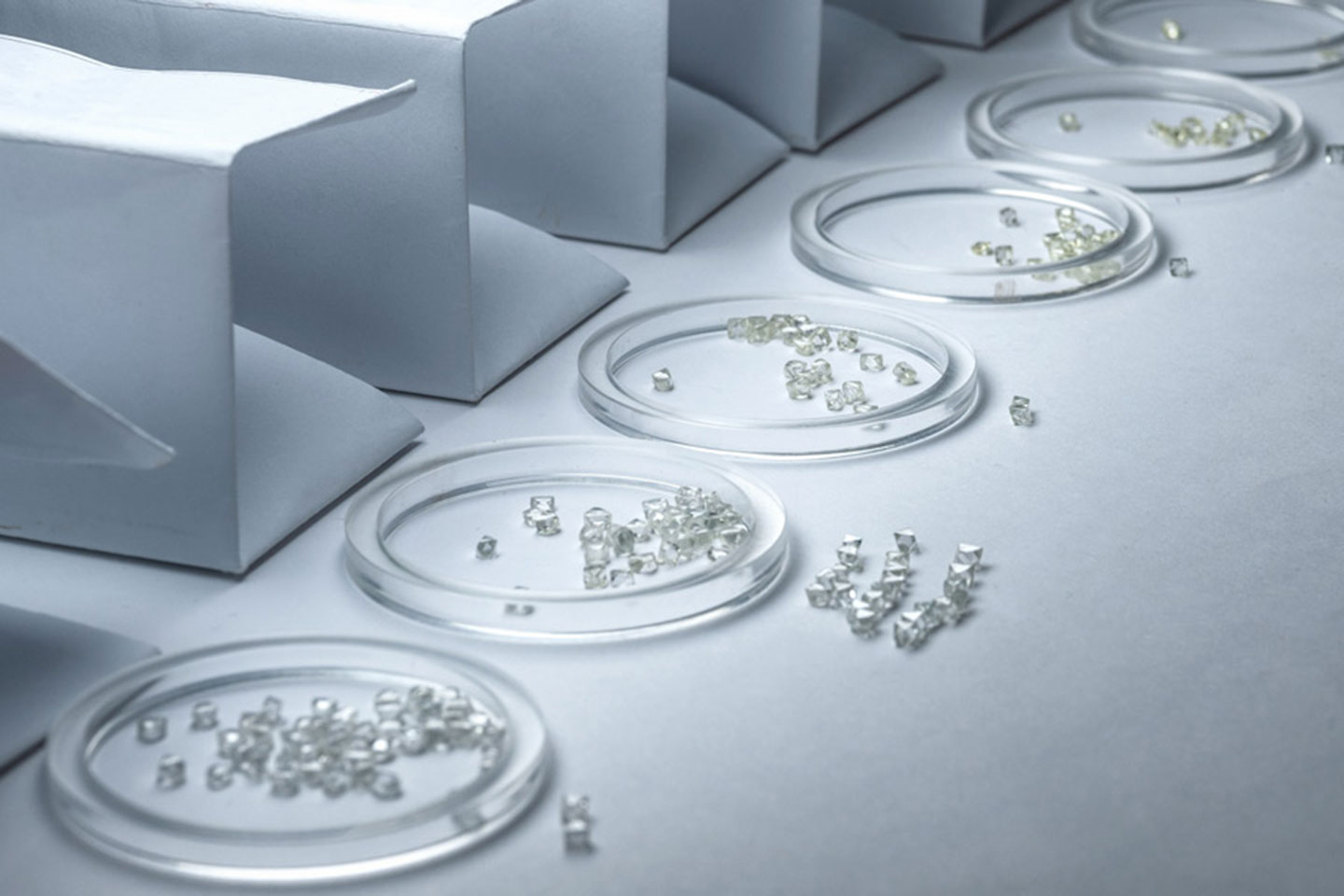Let’s start this piece by asking what on the surface might seem like a very simple question, Shouldn’t two diamonds of the exact same weight, same clarity, same color, exact same proportions, non-fluorescent, same purchase date, same lab grading report date, both bonded with the exact same mark up cost the same? Well if you ask the labs or check with any of the major price guides like Rapaport, the answer would be a resounding YES.
But pick up your phone, visit your local jeweler, surf the web and I promise you you’ll find twins that are not the same price. In fact, not only are they not the exact same price but in some cases they’re not even close. You’ll even find two identical diamonds at the same location with totally different prices. Why? How can this be? It’s true not all SI-1’s are created equal. Some have centralized inclusions while others have perimeter inclusions which are certainly more desirable and valuable. But what of the VS’s? I can honestly tell you I’ve never met a VS diamond I didn’t like. So where’s the answer?
The answer is in the color. What the industry has been aware of but hasn’t shared with the rest of the world is “Color Typing”. In the spring of 1999 a wonderful gemological color grading device hit the market. What I’m talking about is the Gran Full Spectrum Colorimeter DC2000fs by Gem Instruments. For the first time we can actually prove that not all H’s, G’s or F’s are created equal. This new colorimeter is so precise we can now actually break down each color grade into five color types. For example, instead of asking someone what color a diamond is, we should ask what is the diamond’s color and type. Example: an H can be an H1, H2, H3, H4 or H5 (H1 being the best borderline G and H5 is a borderline I color). When you combine colors and types with grade bumping, two diamonds can have the perception of being the same but be from different parts of the rainbow.
When will the labs start breaking down each color into types? Who knows! I know the price guides won’t be the vanguard until at least one lab steps up to tell us that not all identical diamonds of the same color are created equal. Naturally an F1 should cost more than an F5. But if the labs won’t tell you, how can you determine a diamond’s color and type without their help? Easy, have the store run a colorimeter tape and attach it to the appraisal so you will know if your G is a strong G or a weak one. Make the sale contingent on an independent appraisal agreeing with the colorimeter tape or your money back.
I wish the labs did color typing since the technology is now available. But “Color Typing” is just not profitable for labs. Jewelers are naturally going to send their stones for a lab grading report where they get treated the nicest and are the least critical. That’s why there are five EG or IGI reports out there for every one GIA report. “Color Typing” may never get recognized by the labs but that doesn’t mean jewelers don’t have the access to colorimeters. Knowledge is power. As the buyer you have every right to know a diamond’s color and type. Just ask.
